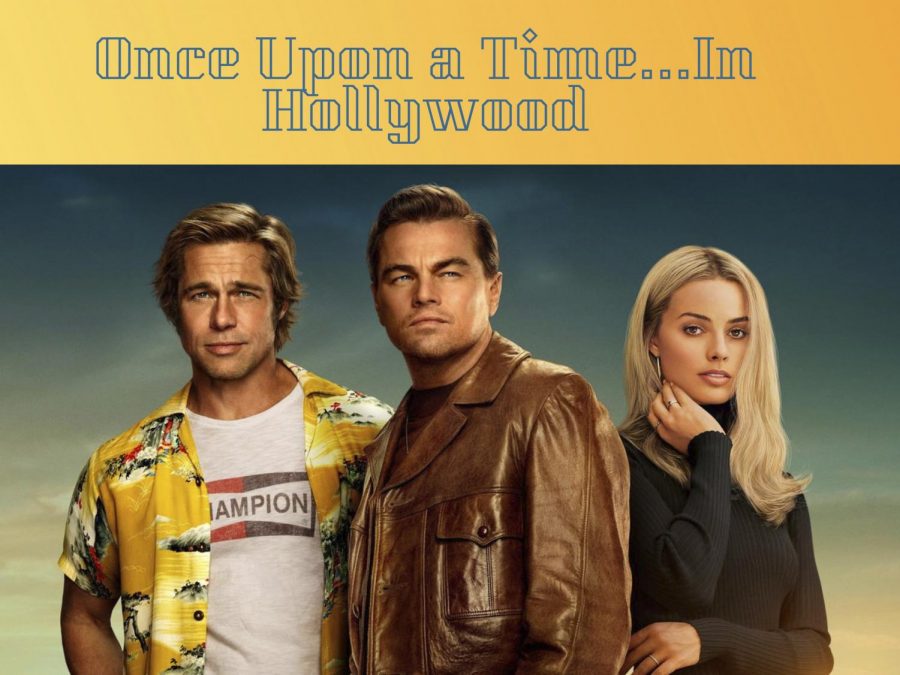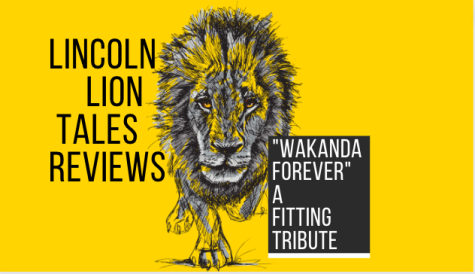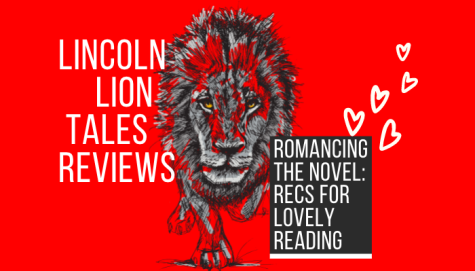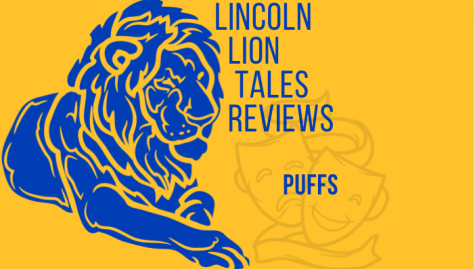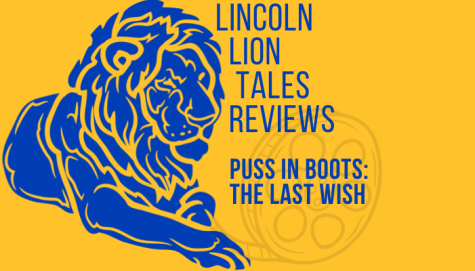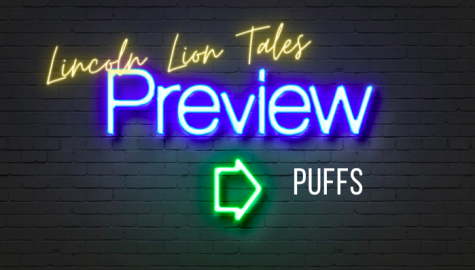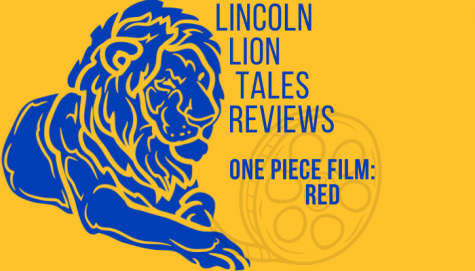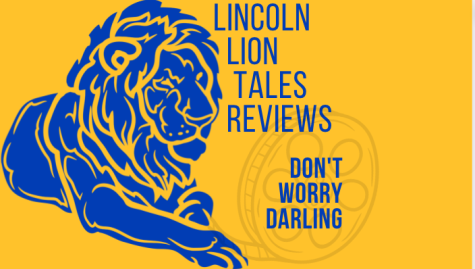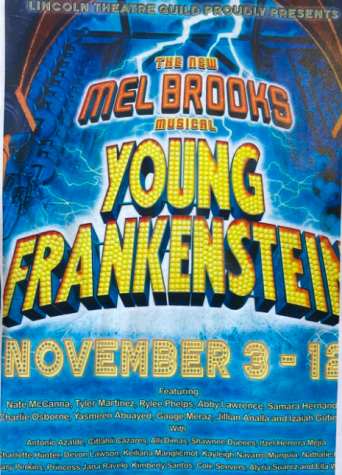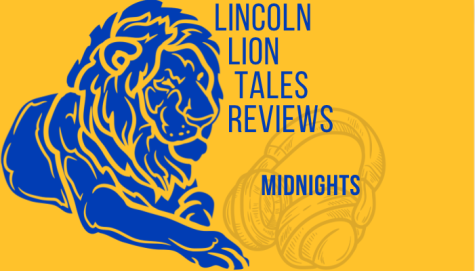Once Upon a Time in Hollywood: Movie Review
As fans of Quentin Tarantino’s movies, such as Pulp Fiction and True Romance, we knew we wanted to watch Once Upon a Time in Hollywood in theaters as soon as it came out. Tarantino has accurately portrayed a variety of time periods, from slaves and bounty hunters in 1807, to German officers rebelling against the Nazis in 1944. He is known for his explicit shots, intense dialogue, and violent scenes. So, a film set in the 60s–a period of crime and drug abuse, especially in Hollywood–was right up his alley. Every eye in the theater was glued to the screen. Light chuckles and gasps echoed throughout the room. Our expectations were greatly met with one-hundred and sixty minutes of exceptional cinematography, compelling acting, and captivating storytelling. We rate Once Upon a Time in Hollywood 4/5 stars.
★★★★✩
The Plot:
Once Upon a Time in Hollywood mostly takes place in February of 1969, and showcases the dreamy, carefree cultural growth of the time. The movie introduces us to Rick Dalton, (played by Leonardo DiCaprio), a former TV western star who finds himself lost in his career alongside his stuntman, Cliff Booth (played by Brad Pitt), as the dynamic of Hollywood—and life in the 70s—shifted, maybe for the worse. The film exhibits true innocence and societal optimism through Margot Robbie’s portrayal of Sharon Tate, as her career in Hollywood was ignored and her talent, taken advantage of.
Drug Use and Hippie Counter-Culture:
Underage and illegal drug use was rampant in the 70s, from homeless hippies dropping acid, to rich celebrities in Beverly Hills snorting lines of cocaine. During the progression and increased popularity of the anti-establishment counterculture, hundreds of thousands of people left their homes to move into experimental communities. Among these people were minors, well below the age eighteen. This easily manipulated and vulnerable group allowed for the development of brainwashed cults, one being The Manson Family, depicted in the film. These were all ignored as a result of the collective societal ignorance of that time period, which Once Upon a Time encapsulates flawlessly.
Who was the Manson Family? What is Spahn Ranch?
The Manson Family once housed within Spahn Ranch, a previous Hollywood TV and movie set built in 1947. The owner of the ranch, George Spahn, was 81 by the time the Manson Family had transitioned into his life. In order to stay on the ranch, Manson befriended Spahn, promising to maintain the ranch and care for George himself. The environment of Spahn Ranch conveyed a feeling of isolation and apathy, as the location itself did not contain books, clocks, or calendars. This isolation took part in the paranoia that the Manson followers felt, as no outside contact or media was allowed. After a drug deal gone wrong, Manson and his followers assumed the Black Panthers political party was behind the mishap. The group then felt paranoia to all outsiders, especially the Black Panthers.
How does this connect to the present?
The Manson family’s goal was to cause a race war between Whites and African Americans during the aftermath of the Civil Rights Movement. Their murders were intended to frame the Black Panthers and spark conflict. The idea of factions between groups of people can still be seen today. Although the Manson cause was lost, a political divide can still be seen throughout the country due to the current administration. As historian Alexander Tyler first stated, democracy will always be a temporary form of government, easily set to implode by the factions of the people.
Review:
The movie begins slow, but meaningfully. By the end, it is an explicit, thrilling roller coaster. It shockingly displays the true cultural apathy of the 1960s and 1970s. The detriments of ignorance-is-bliss attitudes and carefree, mindless youth become evident for both the main characters of the film and the audience.
Tarantino captures their journey through the movie industry, while also exposing the dark and ignored aspects of 70s culture. He explores ways to twist history into lessons while successfully encompassing the true lives of celebrities in 1970s Hollywood. It is successful in criticizing the passivity of the culture, while also demonstrating deeper-rooted issues, like toxic masculinity, gender inequality, drug abuse, and social ignorance.
We discussed the movie with history teacher, Steve Davison. “One thing I love most about the film is the way it shows the duality of masculinity. On the one hand, you have Rick, who is an unprofessional alcoholic without a job […]” Davison said. He elaborated on how Cliff’s character, though flawed, was honest and real–like the cowboy heroes in old westerns–and that he showed the true definition of manhood. Mr. Davison also recognized the themes of cultural apathy. When asked about it, he stated that society had a “[…]fake plastic shell, with a rotten core.”
( ★= You shouldn’t see this movie, ★★= You should only see this movie for the snacks, ★★★= You would have a decent time seeing this movie, ★★★★ = You would enjoy seeing this movie, ★★★★★= You must see this movie)
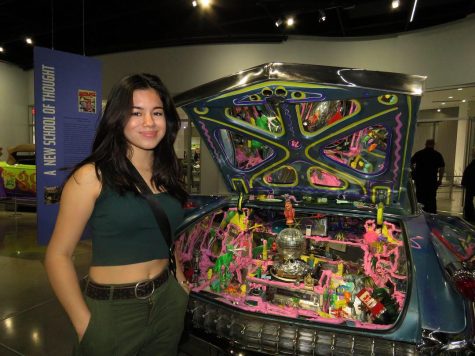
Born and raised in San José, California. She is a senior at Abraham Lincoln High School. She is interested in attending a 4-year university in California,...

N.K. Chand was born and raised in San Jose, CA. She is a senior at Lincoln High School. She has two pit-bulls, Nala and Patron, and a cat, Toro. She has...

